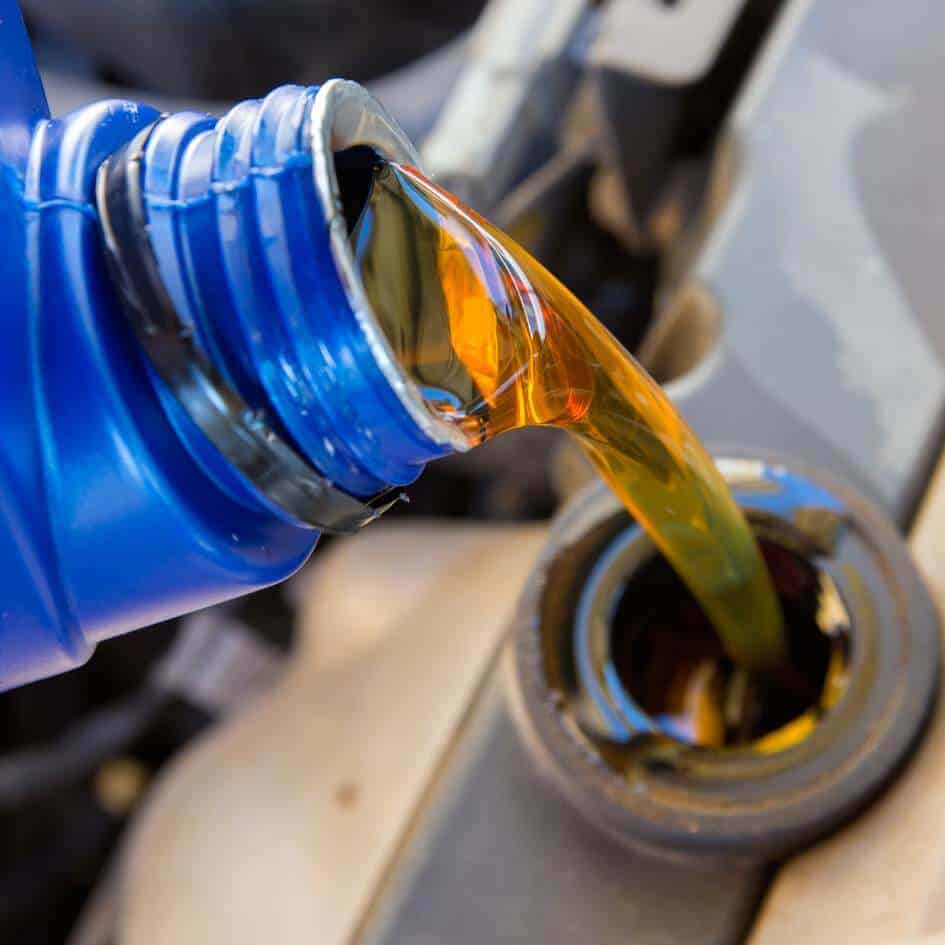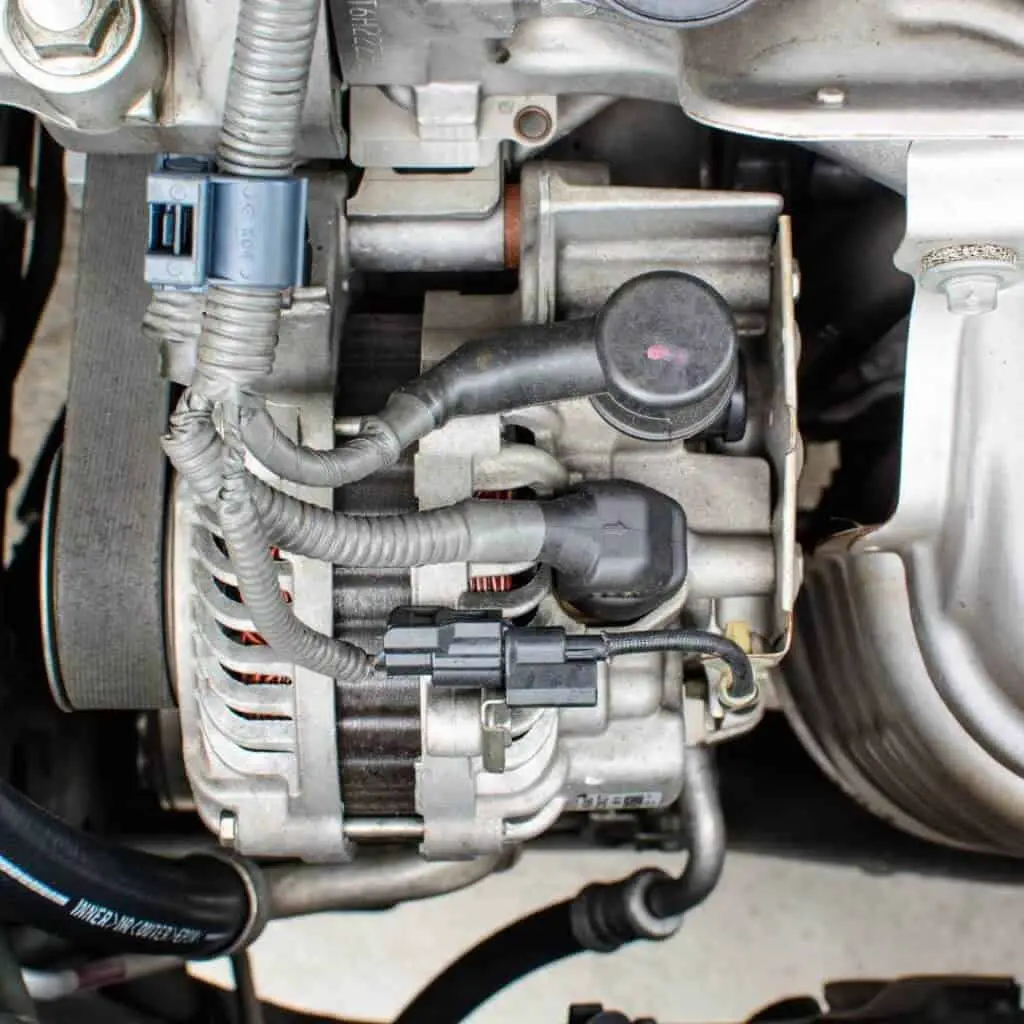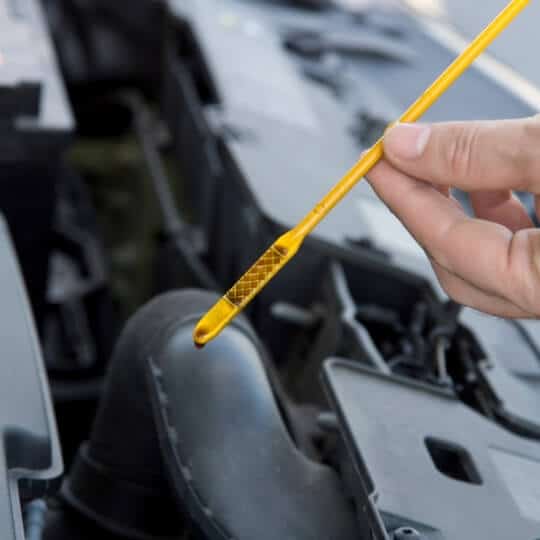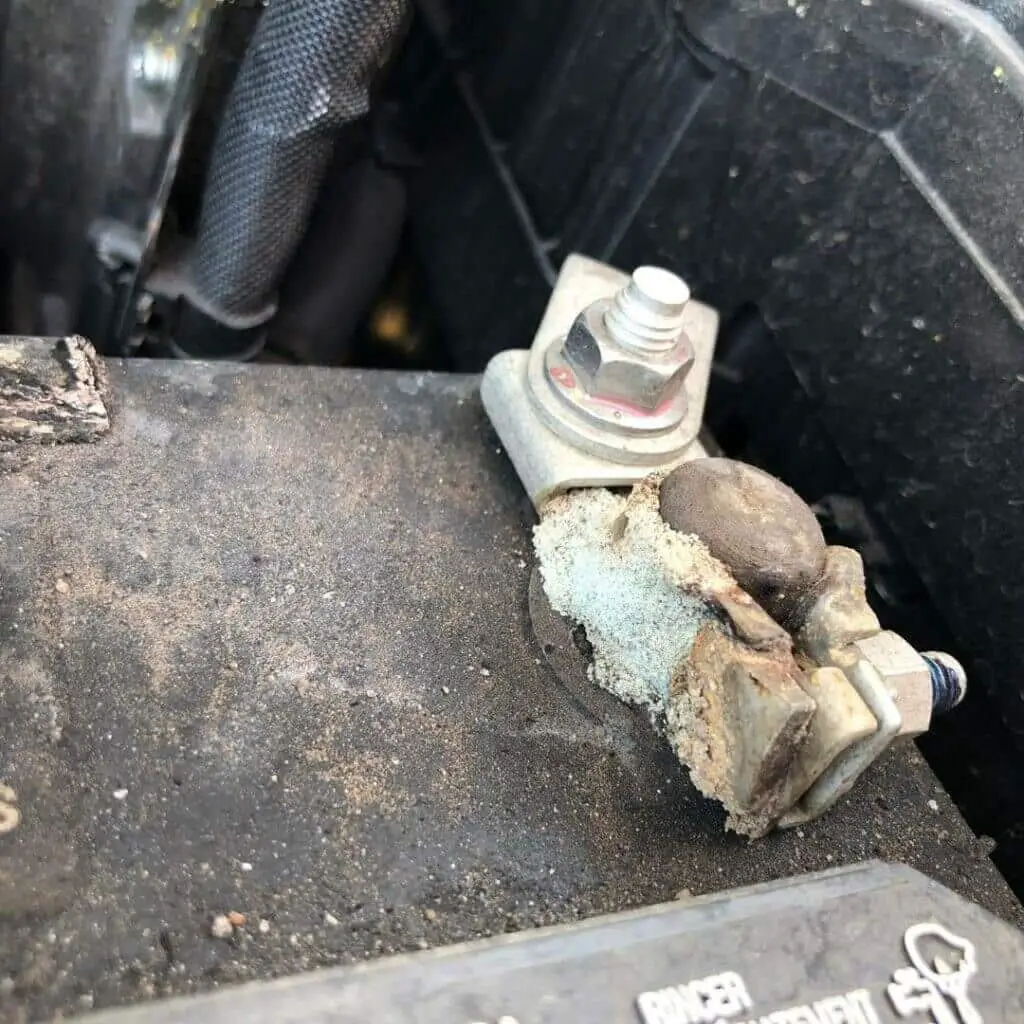How long can I run my car with too much oil?
Keeping a car in optimal condition is the best way to prolong its lifespan and make sure it operates properly. To do so we need all sorts of maintenance including an occasional oil change.
However, oil change itself can lead to some problems if we fill the car with an inappropriate amount of oil.
Why you shouldn’t pour too much oil?
![]()
The engine of a car is made with a specific amount of oil in mind. When too much oil is present in the car, it can malfunction. The most common issue is the pressure on the crankshaft increasing.
We can run into another issue. The oil pan is a component in our car that’s meant to collect oil when the engine is not running. If the engine has too much oil, the oil pan will become higher than required too. The oil pan can be troubled by it quickly which can reflect on the rest of the car.
This is also one of the reasons why it’s important to drain the oil before refilling it. It is possible to overfill the oil if you had remnants of old oil inside. [1]
How long can I run my car with too much oil?
Issues of driving with too much oil take a while to appear. It’s only after the circulation of oil for a longer period of time that we will finally notice the extreme downside of it. The time can vary but generally, the problems appear about 6 to 7 days in.
The oil will end up in components that shouldn’t be lubricated which leads to engine malfunctioning. Oil can flow into entry points on the engine and cause problems by lubricating parts that shouldn’t be lubricated.
Driving with excess oil in your car risks damage, do not get the car on the road if you spot symptoms of having too much oil. As far as symptoms go we will go over them below.
Symptoms of the car having too much oil
As with all issues, we will be able to spot a couple of warnings before the car starts to seriously malfunction.
These should be taken into consideration when determining whether you have the associated issue plaguing your car. In the case of the car having too much oil, we can experience the following symptoms.
- Blue smoke
At times, you may spot your car exuding blue or gray smoke. This is a big symptom of oil being overfilled. The smoke happens when our oil ends up overflowing into the engine and starts to burn.
The smoke then gets pulled in by the exhaust and eliminated from the inside of the car. However, the damage will still be done so be on the lookout for this problem.
Blue smoke can also appear during oil leaks. In this case, the process is the same as with overfilled oil. Damage that can occur is also considerable so blue smoke acts as a warning sign for both of these problems. [3]
- Burning smell from the engine
As you can imagine, oil leaking into the engine produces quite a bad smell. When the oil level gets too high or too old your engine will start to release a burnt smell. The smell indicates that it may be time to check your oil, either for a change or for potential issues like overfilling.
- Hectic oil gauge movement
If your oil level rises above a certain point, you will experience issues with the oil gauge. At a certain volume of oil, the car is incapable of giving proper readings. The gauge will be inconsistent and relay wrong information.
Though the issue can sometimes be associated with dashboard problems, it’s safer to pay attention to oil too. Picking up a simple warning sign like this early is quite useful, especially due to its general visibility.
- Engine makes strange noises
There are quite a few issues that can cause the engine to make strange noises. From spark plugs to badly maintained car parts, it’s hard to discern what exactly this symptom can entail. However, the car’s issues with oil can cause this too.
Tapping, ticking, and clicking are consistently associated with oil problems. The best way to do away with the problem is to check the oil. We can find any form of oil issues there, which will make the car work better. It will also stop more considerable issues from cropping up. [4]
- Engine overheating and malfunction
The engine will be the most affected part of the car. So we can expect more than just the noises from overfilled oil. The car will perform worse, especially as the problem grows.
The most common problems include overheating. As the overabundance of oil becomes present in the car, it will start to foam. The lubricating properties of oil are lessened in the process. This will cause friction, which will generate more heat inside the engine.
Additionally, the car could experience rough idling or misfires. The problem happens when there’s more than one liter of excess oil in the car. The connecting rod can lead to the frothing of engine oil, which will then mess up the car’s other systems.
Lastly, these combined issues could also lead to poor acceleration. As oil creeps into piston rings and soaks the spark plugs. The greasy plugs can’t perform their job as well in this state, leading to acceleration issues.
With that added problem, it’s very easy to experience significant hiccups during our daily drives. The poor acceleration could also serve as a warning sign of something being off.
How often should you change your oil?

An oil change is one of the key maintenance actions that extend our car’s lifespan. As the components in the car require lubrication to stay functional, it is paramount that the proper amount of oil can always be siphoned into these components. To achieve proper lubrication and avoid malfunction, we need to occasionally change the oil.
When an oil change takes place, we can measure the current state of the car’s oil with the dipstick. It will show how much oil remains for the car to use. Filling it back up to the optimal levels, noted on the dipstick with lines, is recommended. Putting too much oil in the car can be avoided right here.
The frequency of oil changes usually depends on the car, driving conditions, and the type of oil used. On average, a car should have its oil changed every 5,000 to 7,500 miles. It’s possible to go even higher, if the car is in a good state and synthetic oil is used. [5]
Solutions
Despite the car being able to go on for 6 to 7 days with this extra oil we have to reiterate, do not drive a car that’s overfilled. It’s a serious problem that should be dealt with immediately.
Thankfully, the resolutions to the issue are simple. Both of them can be applied fast, with a relatively low cost. If they don’t resolve the problem, your car may be experiencing more serious problems than overfilled oil.
Removing excess oil
Of course, there are two very simple solutions to the problem. Ones that will make our car safe from the dangers of overfilling. That would be to siphon the car’s oil.
This is done by using a crankcase cup or the car’s dipstick. By employing siphoning we will quickly reduce the level of oil in our car and get it to an optimal level.
Siphoning should be done with some care. Be careful not to siphon too much because your car will start lacking in oil which can cause issues as well.
Make sure the dipstick shows that the oil is between two lines drawn on it, that’s the optimal amount that should circulate in the car. [6]
If the oil is foaming, siphoning won’t work. In this case, the whole oil change is mandatory to avoid such problems. This is also a good course of action if your car is close to being due to an oil change. That way, you’ll secure the vehicle from multiple potential problems.
The resolutions should be applied as soon as one of the symptoms crops up. Proceeding to drive while your car experiences those problems is bound to cause some serious damage in the long run and isn’t suggested.
Read Next: Reduce Oil-Level Mercedes
Conclusion
So “how long can I run my car with too much oil”?
A car can run for 6 to 7 days with too much oil. However, you shouldn’t drive a car that has an excess of oil at all. Doing so can lead to the malfunction of various parts of the car and improper readings from your dashboard components.
The harsher issue will stem from certain components completely breaking down, which will require pricey replacements. Siphon or change the oil if there’s too much of it in the car. Both are bound to prevent further damage while being easy to apply.




